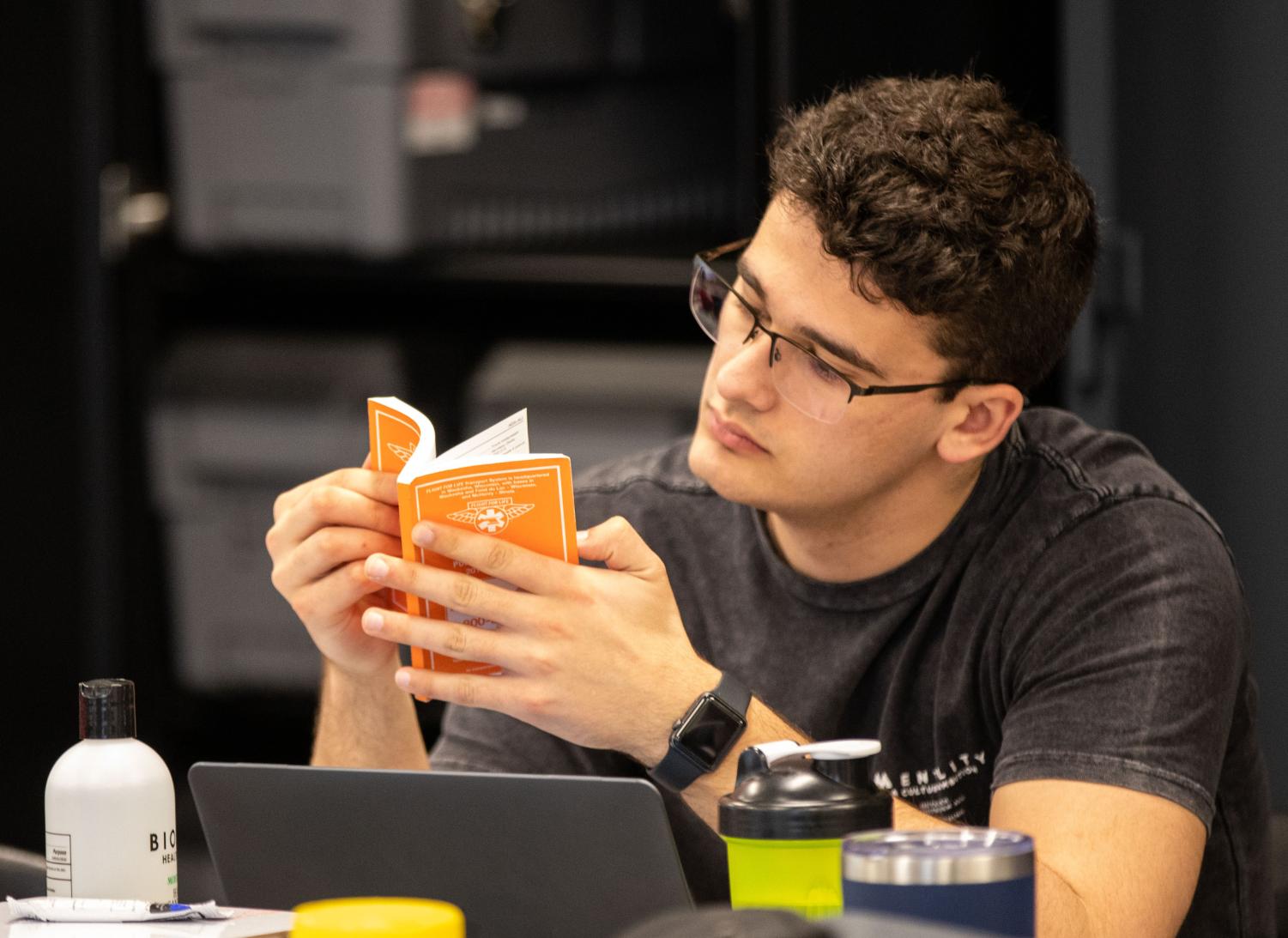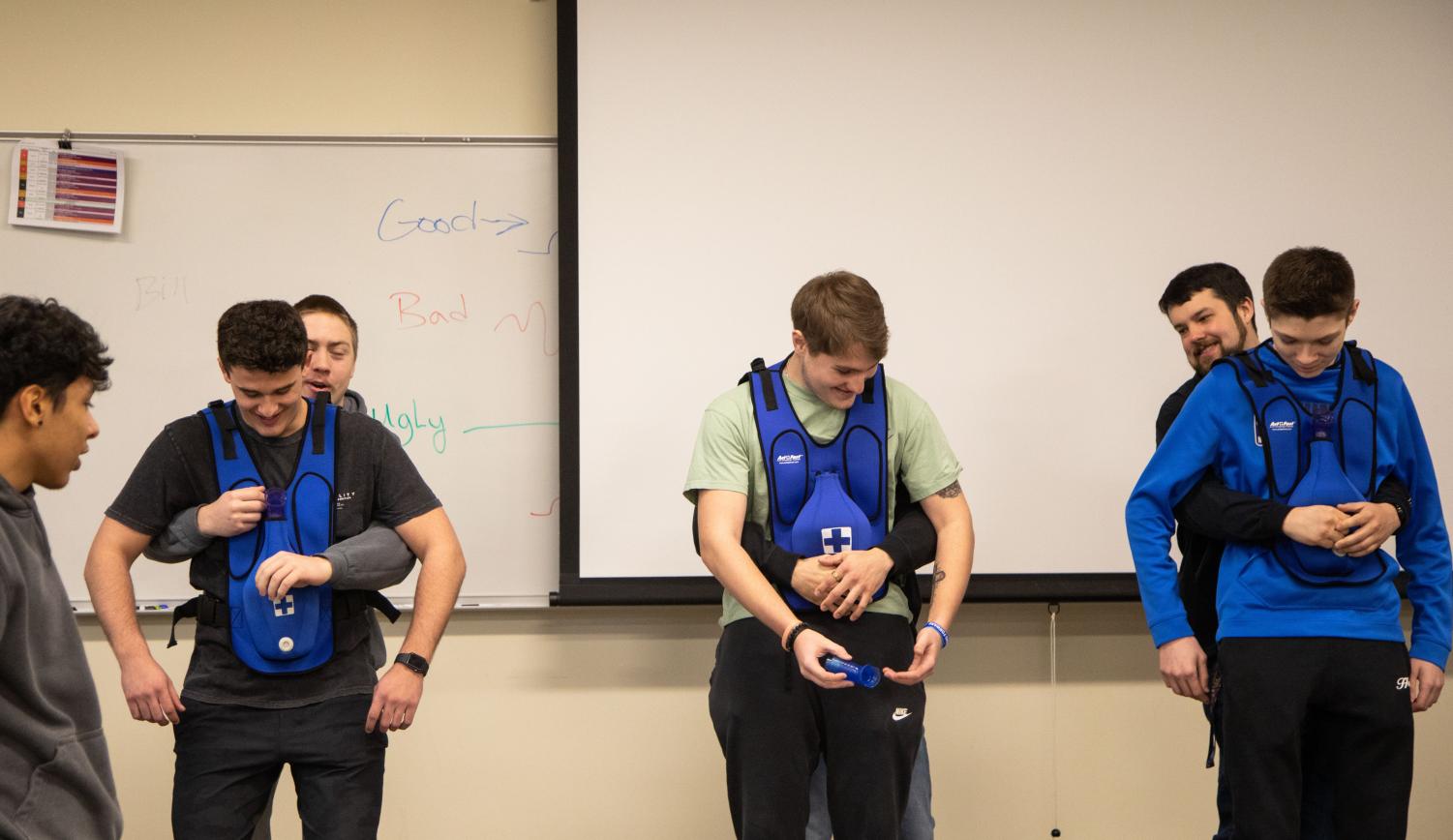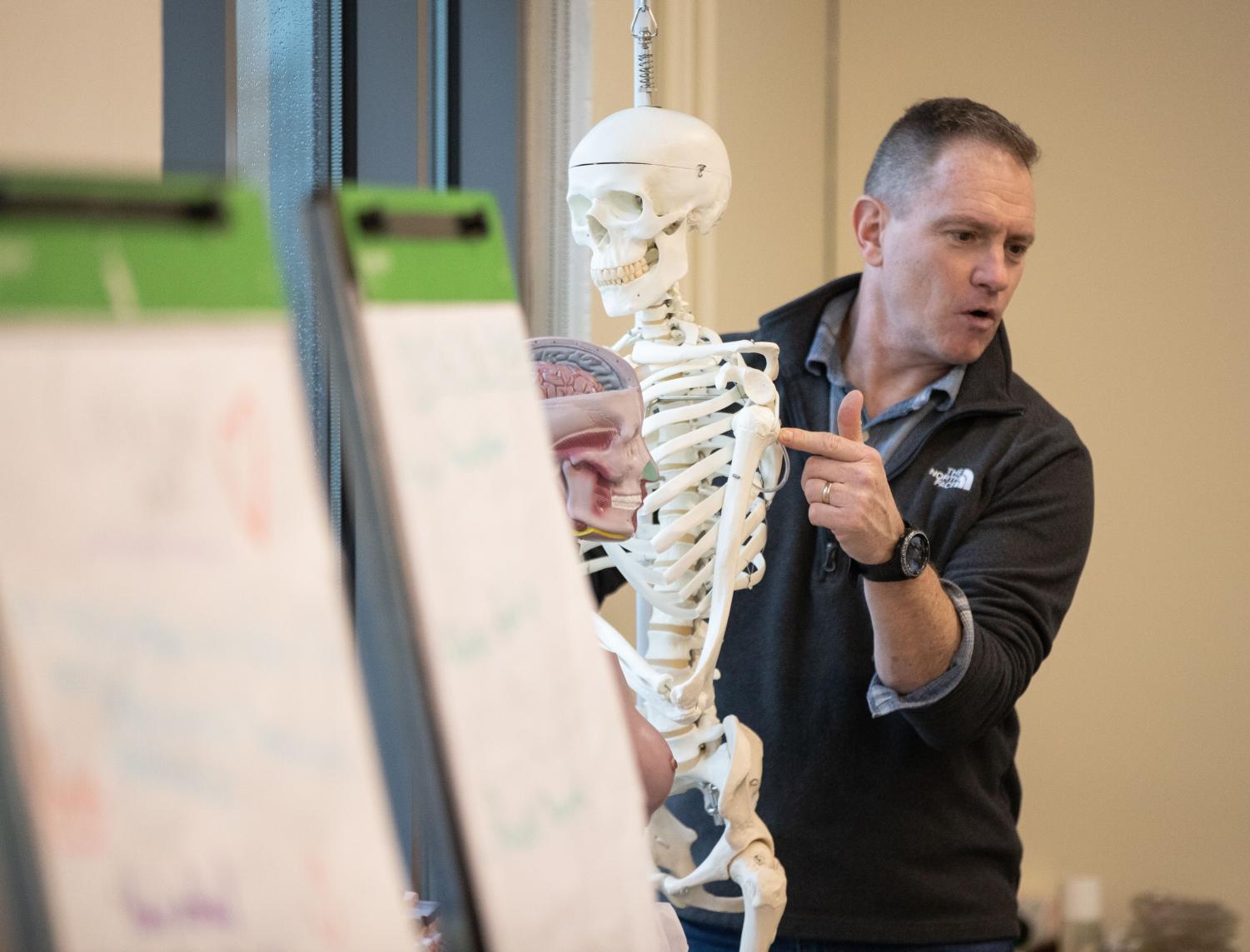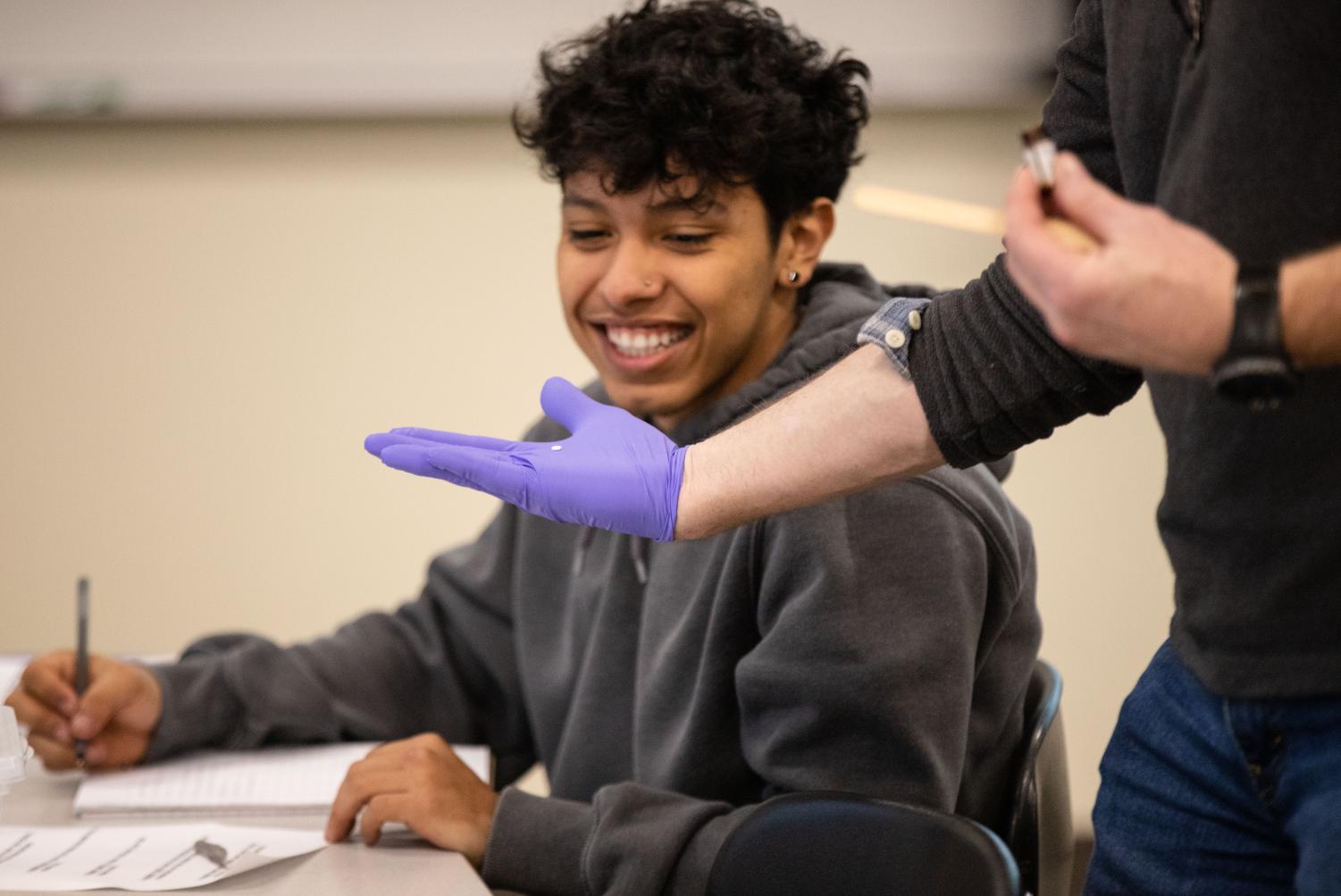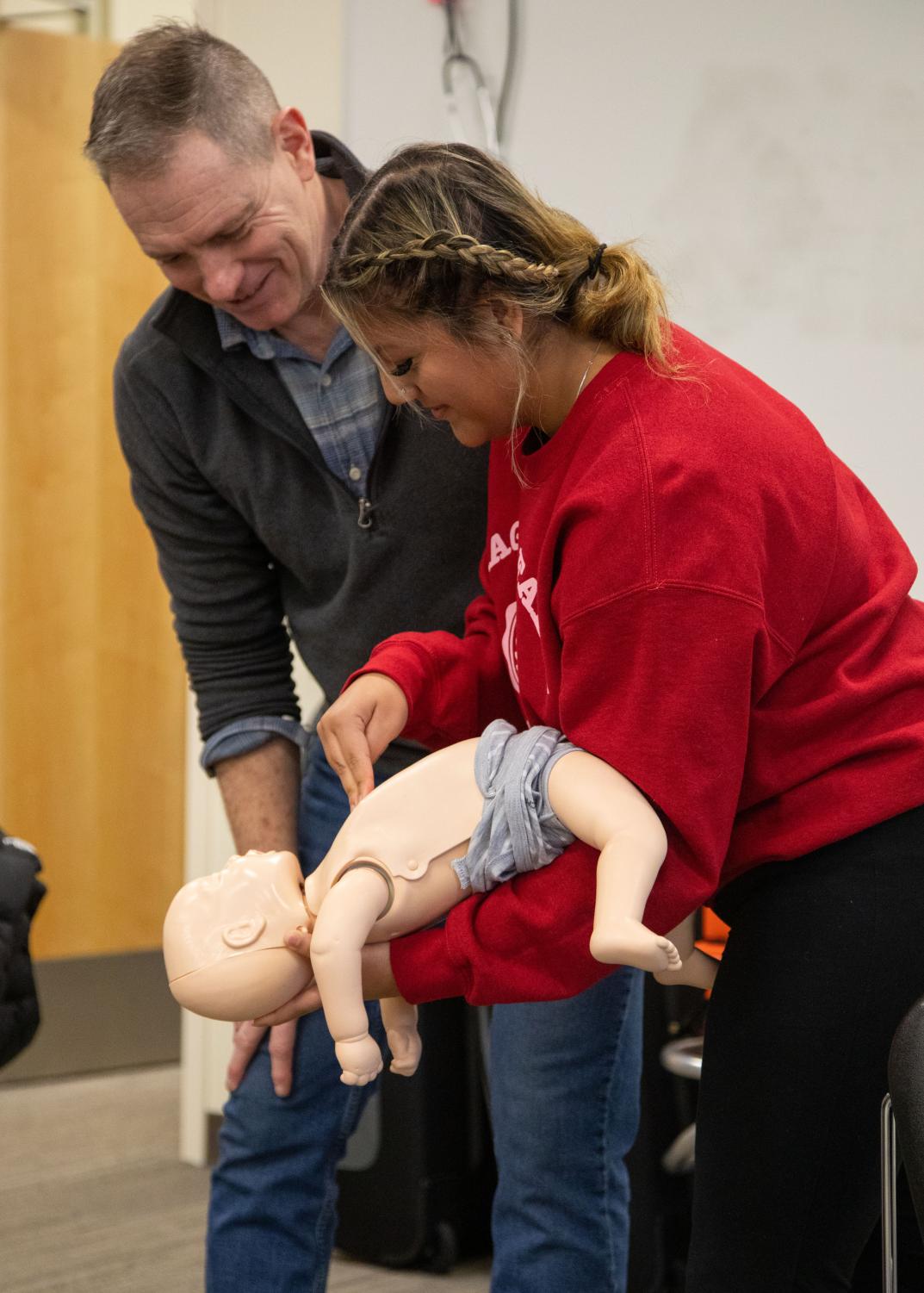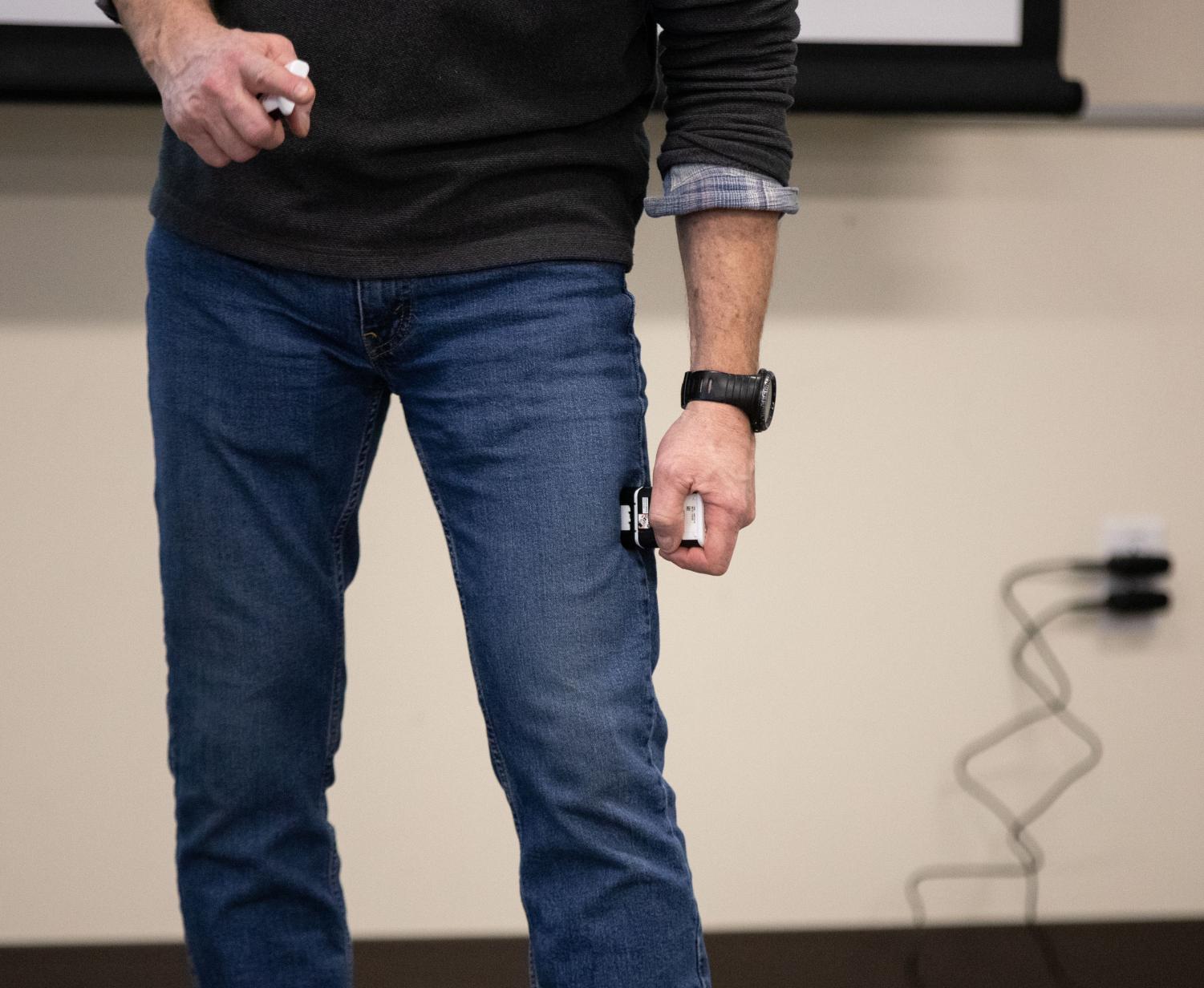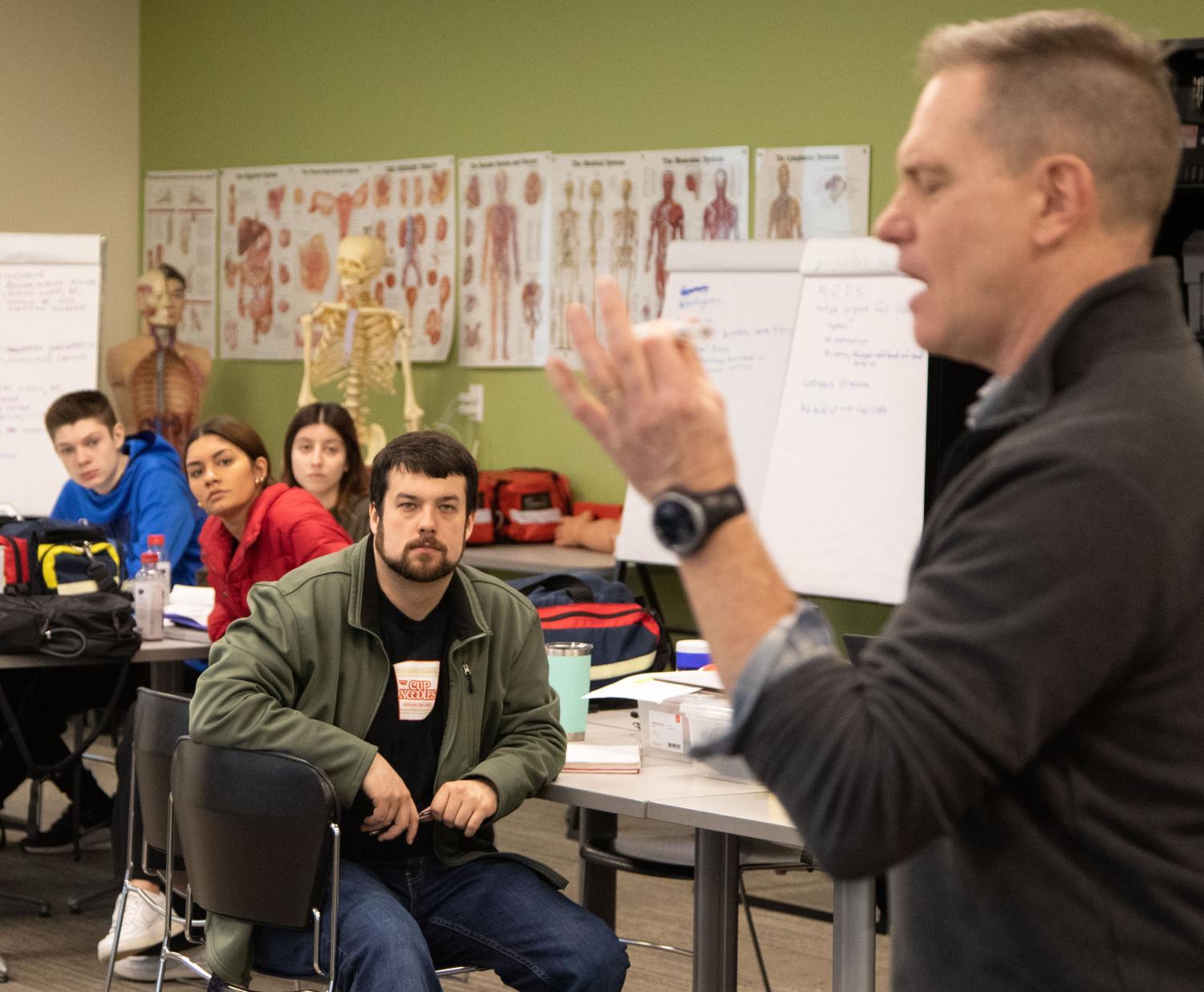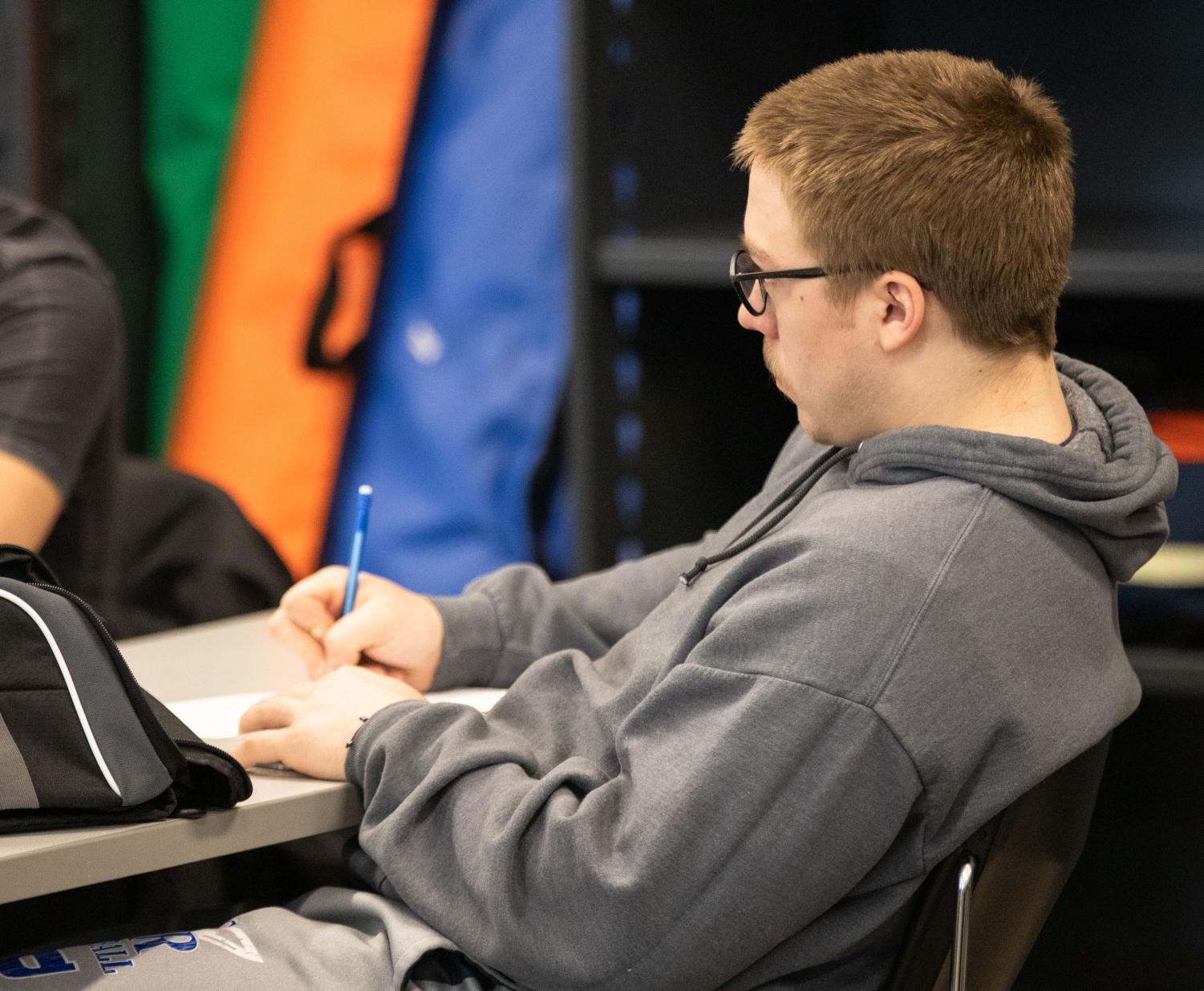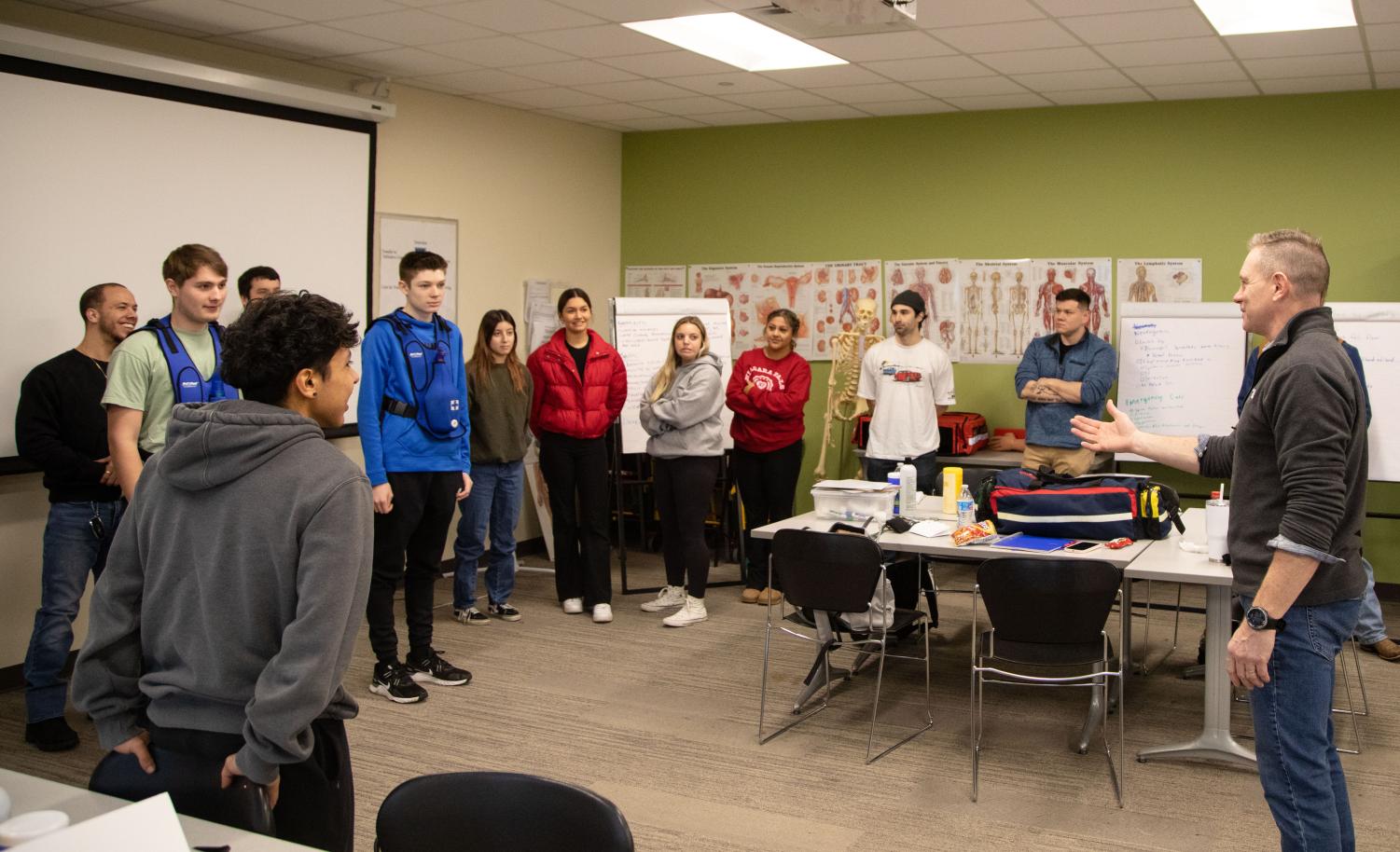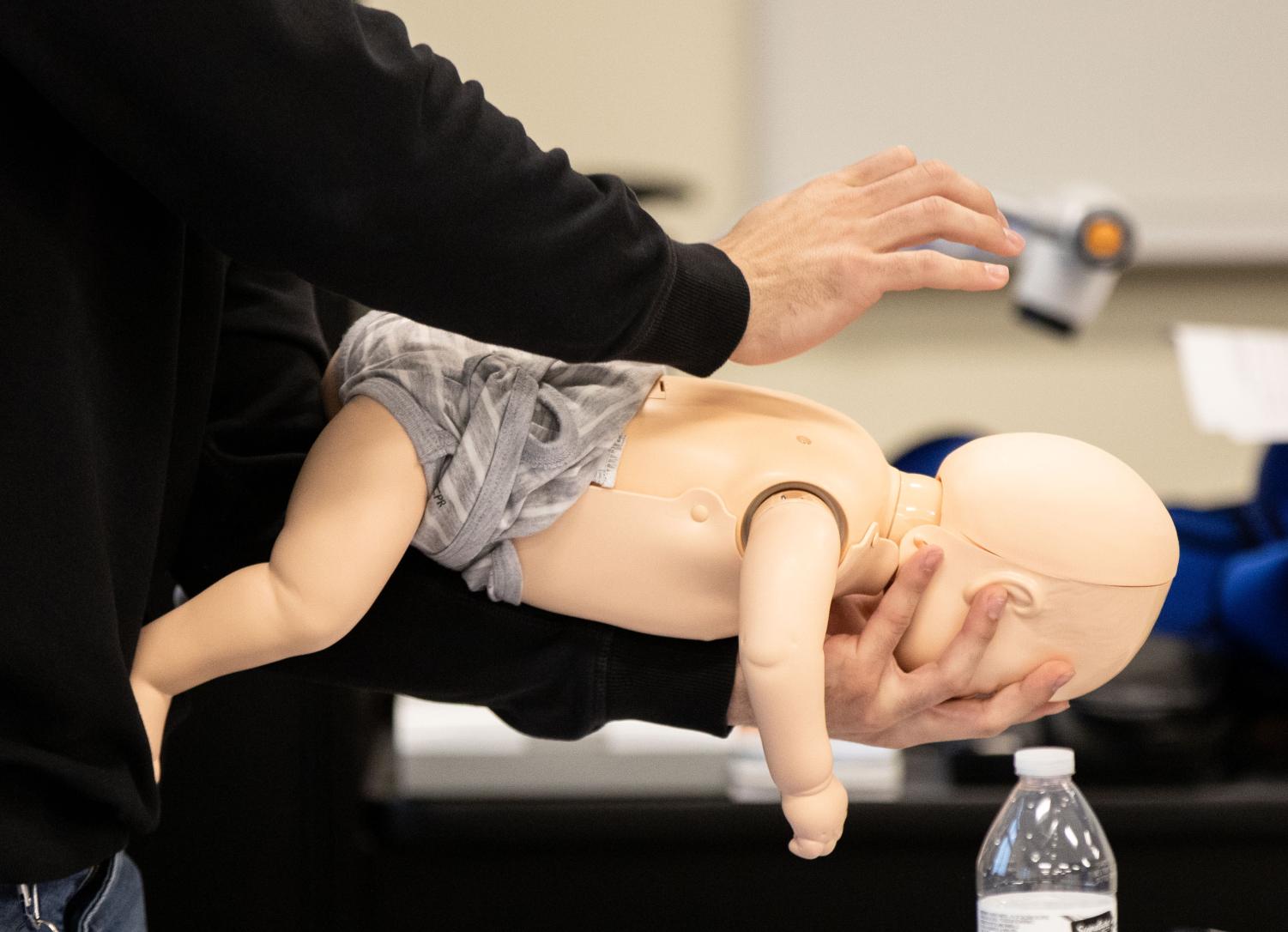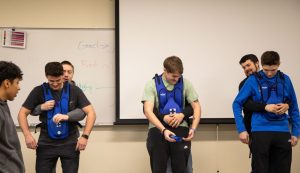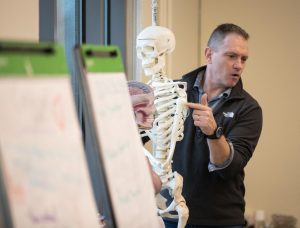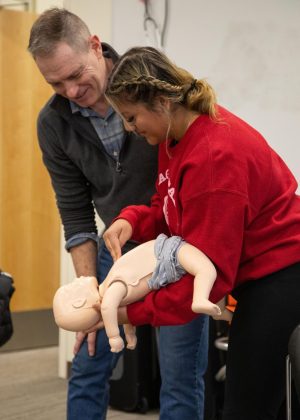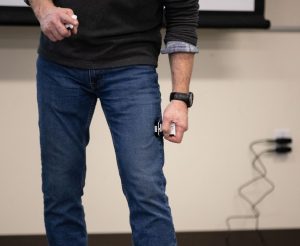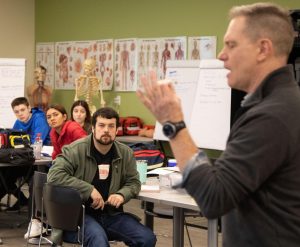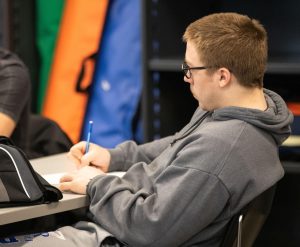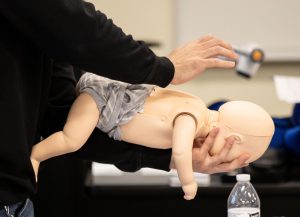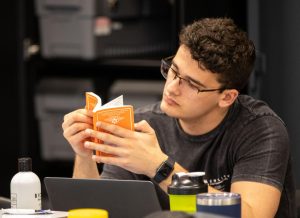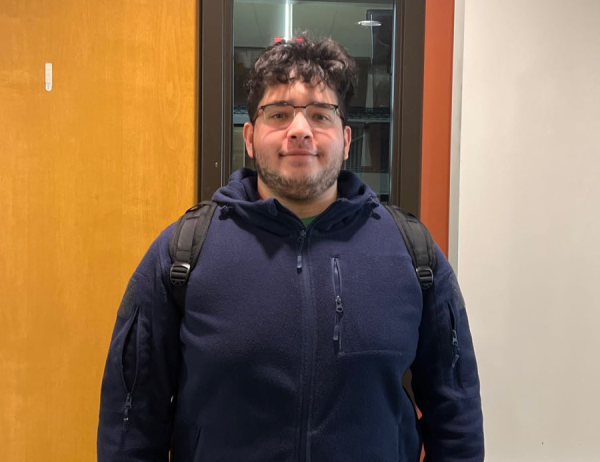Be a hero in one semester
Learn what the ECC Emergency Services Department has to offer
As a college student, you may have no clue what profession you want to pursue. It seems like most careers are either unrealistic, 60 hours a week, or mold you into a machine, performing the same mundane tasks Monday through Friday. The truth is that most professionals are uninspired and waiting for retirement. You don’t have to be bored to put food on the table. If you’re interested in a career that is hands-on, rewarding and allows you to maintain your current freedom, Elgin Community College offers courses and certificates in the Emergency Services field at their Center for Emergency Services Campus in Burlington.
The location offers a wide range of certificates and degrees surrounding Fire Science Safety (FSS) and Public Safety Communications (PSC).
“Our mission is to help in the time of need,” said Emergency Services Laboratory Instructor Chris Tierney. “The job is rewarding when you can help somebody on their worst day.”
Tierney teaches a 16-week program, “Basic Operations- Firefighter”, where students learn, “Everything you need to know to be a firefighter, from communications to fire behavior, hose advancement, ladder carries and throws, search and rescue, rapid intervention,” among other skills.
He has worked in the fire service for decades and comes from a family of firefighters. Tierney, as well as Instructor Brian Thompson, understand the importance of passing the torch to the next generation of first responders, whether it be in a classroom or at “The Burn Tower”.
Thompson says the job requires “critical thinking, [the ability to] work in a team, and letting things roll off your back.”
Tierney adds that it helps to have “empathy, compassion, and good personal skills”.
Firefighting is nothing like how it’s portrayed on television. The plot may not be equal to the tv show “Chicago Fire”, but the position of fire-paramedic pays $70,000-80,000 per year. It has a unique schedule, where the typical person works 24 hours on and 48 off. Many in the profession prefer these hours over the typical nine to five job because it allows them to pursue other passions and side-gigs.
During Tierney’s 48 hours, he runs a landscaping business, while Thompson’s able to coach his children’s sports teams.
Pete Sotos, on the other hand, is a retired 911 dispatcher and views being an instructor of PSC: Public Safety Telecommunicator as a way to continue his passion.
Dispatchers, or telecommunicators, are the people who pick up the phone in times of crisis and tell first responders where they need to be. The shifts are 8-12 hours long and relatively don’t exceed 40 hours in a week. It requires one to multitask, efficiently triage calls and quickly work on a computer for long periods of time.
The PSC classes “teach all aspects of what a telecommunicator does”, says Sotos, including “the functions and apparatus of police, fire and ambulances” in addition to “the philosophies and duty of service.”
Without dispatchers, it would be nearly impossible to reach out in an emergency. The information dispatchers retrieve during their phone assessments helps make the job easier for first responders.
“We’re doing so much more than people realize,” Sotos said. “You are [the first responders’] lifeline. If they need help, they’re telling you.”
It’s not uncommon for a dispatcher to get into the fire service or police force later on. To be a firefighter, one must be 21 years old, have a paramedic license and pass Chris’ Basic Operations Firefighter class. Dispatchers only need to be 18 years old and possess a high school diploma. Due to shortages, many dispatch centers are willing to provide on-the-job training.
“There are always spots at the table,” Thompson said, in reference to all the programs at Burlington.
Thompson also teaches FSS-101: Principles of Emergency Services, which gives a broad view of all sub-categories in the service (including wildland firefighting). Another class, FSS-115: Emergency Medical Responder teaches students to excel in physical scenarios where you’re providing emergency care to a patient. During the scenario a proctor grades you based on your performance. Both classes are three credits each, and will go towards a student’s elective credits if they choose to pursue a different career.
According to Brian, these classes are the “epicenter for your starting point” and that it provides “every avenue that you might possibly see in the fire service.”
If you’re considering the classes or have any doubts surrounding these professions, reach out to the instructors stated, or any instructor in the field. They’re willing to have a conversation and provide you with additional information.
Tierney also suggested stopping in a local firehouse to have conversation with the firemen and women to learn what the career entails.
“It’s the best profession on Earth,” Tierney said.

Hey! I'm Cole, it's my second year at ECC, and I'm excited to start working for The Observer! I'm working on getting my Associate's in Arts and a Bachelor's...



